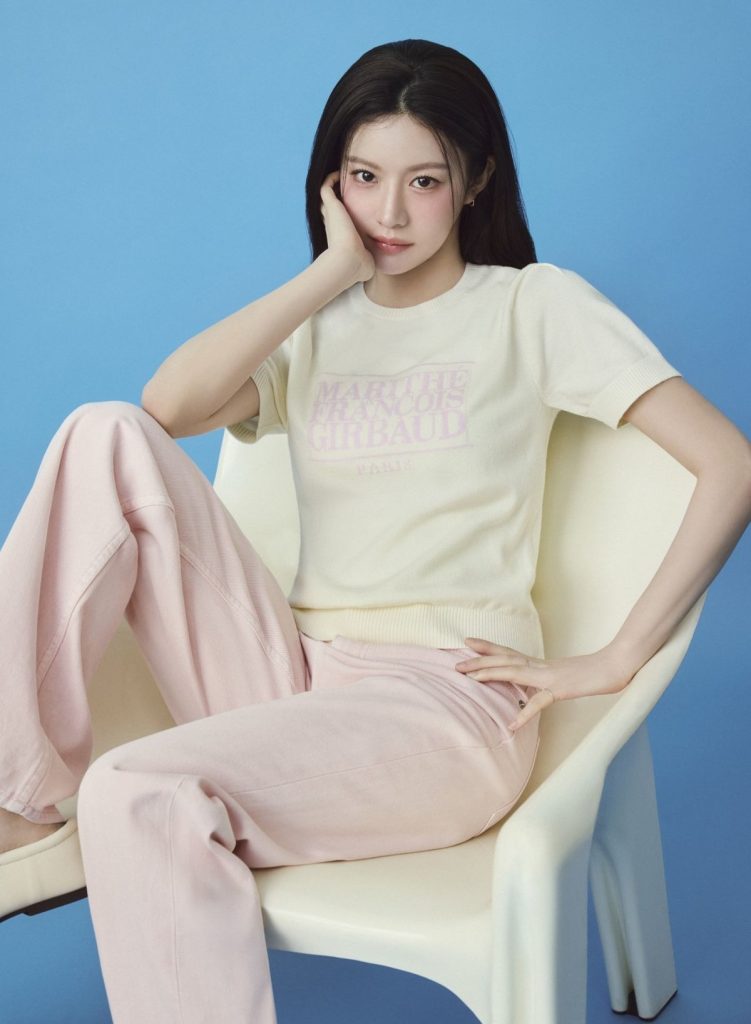Fashion is often described as a cycle, constantly moving between old and new, but its true essence lies in its ability to create dialogue between innovation and tradition. It is never just about designing clothing; it is about weaving stories, preserving history, and envisioning futures. Fashion connects the wisdom of heritage with the daring experiments of modern creativity. In this sense, it becomes more than an industry; it is a cultural narrative where every stitch, silhouette, and fabric represents a negotiation between continuity and change.
The relationship between fashion and tradition has always been strong. Traditional garments across the world, from Japanese kimonos to Indian saris, from African kente cloth to Scottish tartan, carry centuries of cultural symbolism. These clothes are not simply fabrics sewn together; they represent identities, rituals, and philosophies. In many societies, garments are closely tied to religion, ceremonies, and the seasons of life. Weddings, funerals, and festivals often come with specific attire, embedding fashion into the very structure of human experience. These traditions provide stability and meaning, ensuring that fashion remains more than fleeting trends.
At the same time, innovation has always pushed fashion forward. New technologies, materials, and ideas challenge traditions and offer fresh perspectives. The invention of synthetic fabrics in the nineteenth and twentieth centuries opened entirely new possibilities for design. Modern fashion now embraces cutting-edge techniques such as 3D printing, digital fabrics, and wearable technology. Designers experiment with form, function, and sustainability, creating clothing that responds to human needs in ways traditional garments never could. This innovative spirit ensures that fashion remains dynamic, evolving alongside human creativity.
However, fashion does not simply replace tradition with innovation. Instead, it often blends the two in ways that create harmony. Contemporary designers frequently look to the past for inspiration, incorporating traditional patterns, textiles, or silhouettes into modern designs. This practice allows old symbols to live on in new contexts, creating garments that feel both familiar and fresh. For instance, many high-end fashion houses have incorporated indigenous embroidery, ancient draping techniques, or historic motifs into their collections. By doing so, they bridge time and culture, reminding the world that fashion is an ever-evolving dialogue rather than a linear progression.
The global nature of fashion today has made this dialogue even more prominent. Designers in one part of the world draw inspiration from traditions in another, creating hybrid styles that reflect global interconnectedness. This cross-cultural exchange can be enriching, producing innovative designs that celebrate diversity. Yet it can also be controversial when traditions are used without respect or understanding. The difference between appreciation and appropriation is a constant debate in fashion, highlighting the responsibility designers carry when working with cultural heritage. When done with respect, however, this blending of traditions and innovations can create garments that are truly global in spirit.
Fashion also reflects the tension between permanence and impermanence. Traditional garments are often designed to last, both in their physical construction and their cultural meaning. Innovation, by contrast, thrives on change, creating trends that may last only a season. This contrast creates one of the most fascinating aspects of fashion: its ability to be timeless and temporary at the same time. A wedding dress may carry significance for decades or centuries, while a trendy streetwear item may vanish in a year, yet both belong to the same fashion narrative. This coexistence shows that fashion cannot be confined to one rhythm; it moves at multiple paces simultaneously.
The fashion industry itself embodies this dialogue. Luxury fashion often emphasizes tradition, relying on craftsmanship, heritage, and legacy. Couture houses highlight the artisanal skills passed down through generations, preserving techniques that cannot be replicated by machines. At the same time, fast fashion thrives on innovation in logistics, technology, and design, making clothing accessible to millions worldwide at unprecedented speed. The coexistence of these two worlds demonstrates how fashion always negotiates between honoring history and embracing progress.
Beyond design and production, fashion also influences identity in the same way that tradition and innovation interact. People often use clothing to express continuity with their roots while also signaling individuality and modernity. A person may wear traditional attire on special occasions to honor heritage while adopting modern styles in daily life to reflect personal taste. Others blend both worlds, wearing garments that incorporate cultural symbols into contemporary outfits. This merging allows individuals to create identities that respect the past while embracing the present, making fashion one of the most powerful forms of personal storytelling.
Innovation in fashion is not only about aesthetics but also about addressing global challenges. Sustainability has become one of the most urgent conversations in fashion. While traditional garments were often created with longevity in mind, fast fashion has encouraged disposable habits. Innovation is now being used to counteract this problem, with designers exploring recycled fabrics, biodegradable materials, and circular models of consumption. At the same time, traditions of craftsmanship and handmaking are being revalued as sustainable alternatives to mass production. Once again, fashion demonstrates its ability to connect the wisdom of the past with the tools of the future.
Technology has further expanded this dialogue. Digital fashion, virtual try-ons, and augmented reality clothing represent a radical departure from physical garments. Yet even in these digital spaces, designers often draw inspiration from historical clothing or traditional textiles. The merging of old aesthetics with futuristic technology creates entirely new forms of fashion expression. In virtual worlds, cultural heritage can be reimagined and preserved in ways that are not bound by physical limitations. This evolution shows that innovation does not erase tradition; rather, it provides new ways of keeping traditions alive.
Fashion also serves as a mirror of broader societal values. When societies emphasize stability, tradition becomes more visible in clothing. When societies celebrate progress and disruption, innovation dominates. However, the most enduring fashions are those that manage to capture both, creating designs that feel timeless yet contemporary. For example, the little black dress remains a staple because it balances simplicity and elegance, qualities that resonate across decades. Streetwear, on the other hand, continues to evolve with each generation while still drawing from its roots in subcultural rebellion. Both demonstrate the ongoing negotiation between permanence and change.
Looking toward the future, fashion’s dialogue between tradition and innovation will only grow more complex. As societies become more interconnected, traditions from different cultures will continue to meet, mix, and transform. At the same time, technological breakthroughs will push fashion into realms that seem unimaginable today. Yet no matter how advanced clothing becomes, tradition will remain a source of meaning and identity. Innovation may create the tools, but tradition ensures the stories endure. The two are not enemies but partners in a never-ending conversation that shapes how humanity dresses and expresses itself.
In conclusion, fashion is not simply a matter of new versus old. It is a continuous dialogue that connects tradition with innovation, permanence with change, and heritage with progress. By honoring the past while embracing the future, fashion reflects the complexity of human identity and creativity. It shows that clothing is never just about covering the body but about expressing the soul of a culture. Whether through ancient garments passed down through generations or futuristic clothing designed for virtual worlds, fashion will always embody the balance between what was, what is, and what could be.

